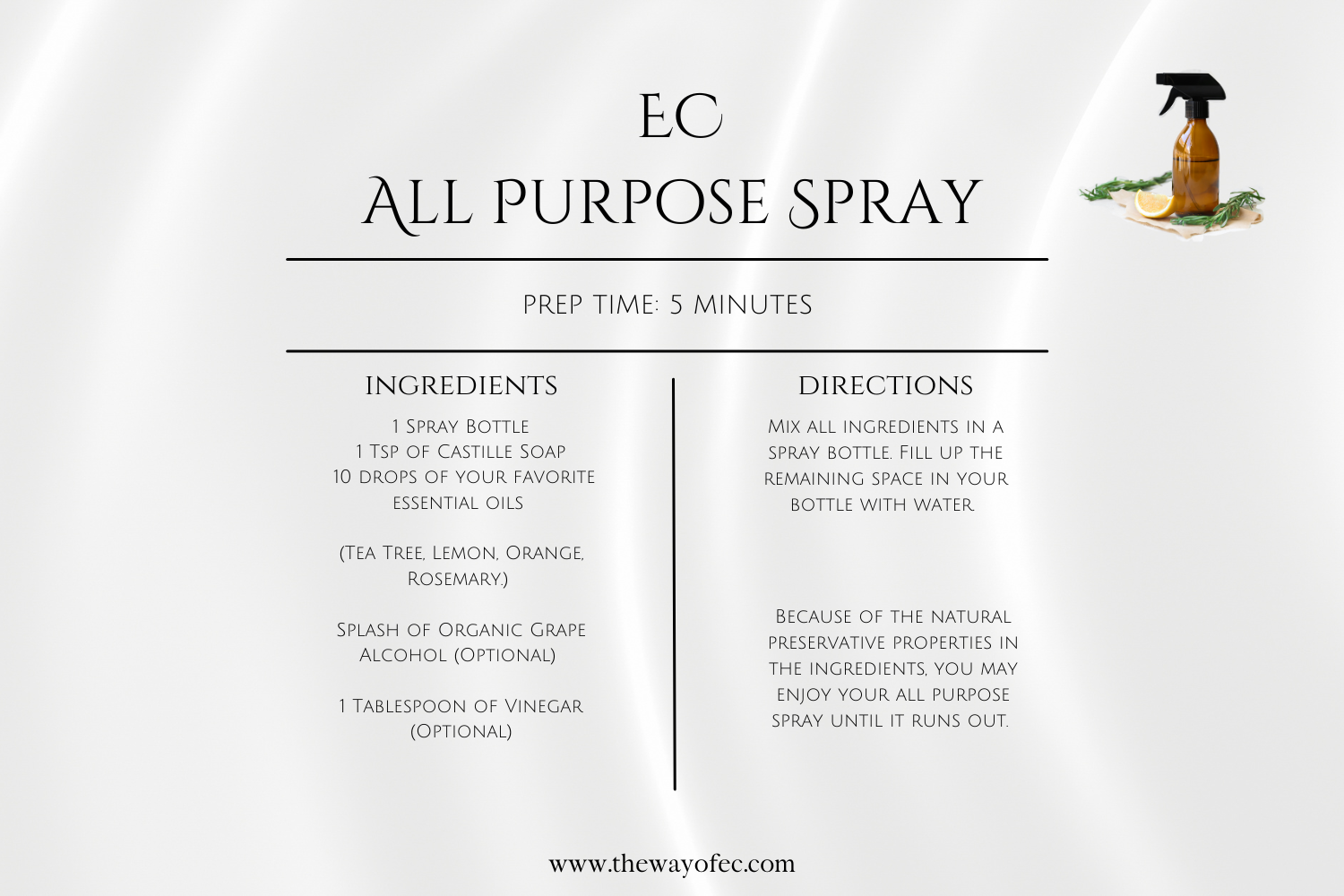6 Sustainable Swaps + DIY All Purpose Cleaner Recipe
As an Amazon Associate we earn from qualifying purchases. We get commissions for purchases made through links in this post.
As an Amazon Associate we earn from qualifying purchases. We get commissions for purchases made through links in this post.









It has always been our individual gift and passion to connect, uplift, and be of service to others.
We share conscious content on wellness, self-development, spirituality and so much more!
Check out our shop where you can find original and eclectic, nature home photography. We are passionate about capturing experiences, thoughts, ideas and emotions that serve the human spirit, and finding ways to transmute and share them through creative outlets. We thank you for your presence and hope you enjoy our offerings.
Peace.